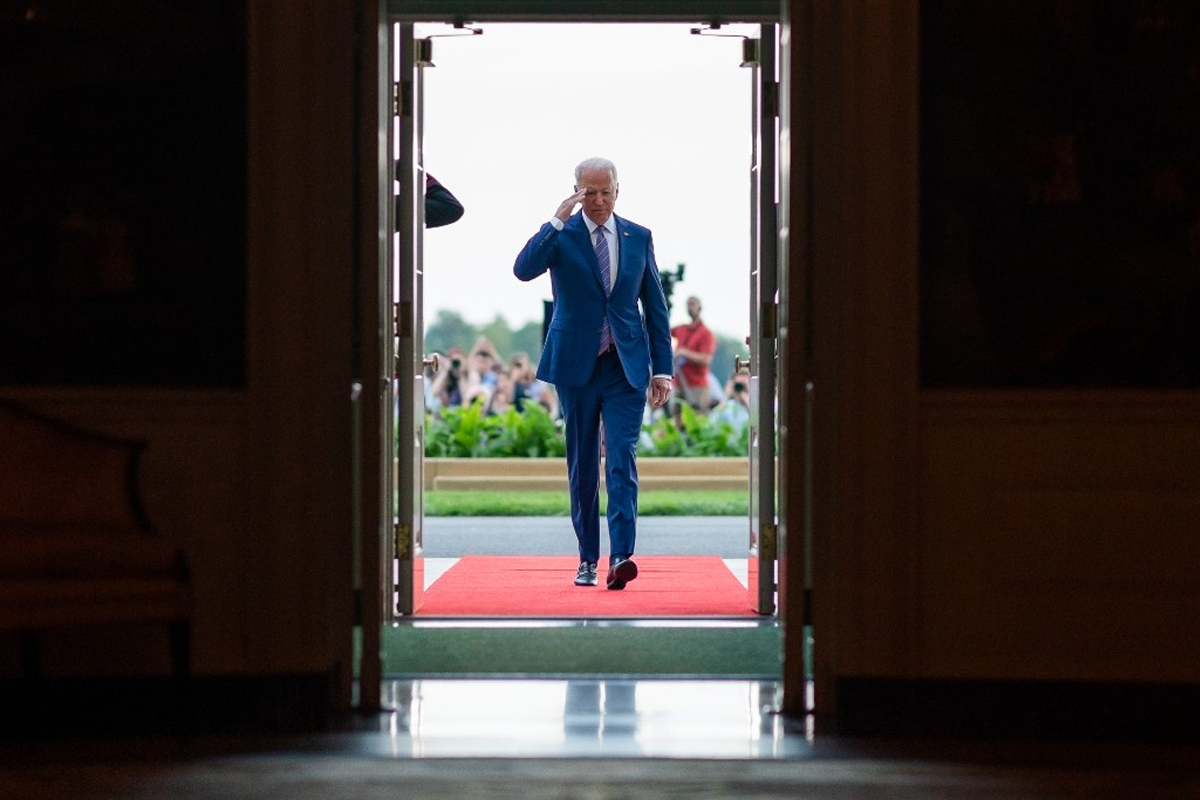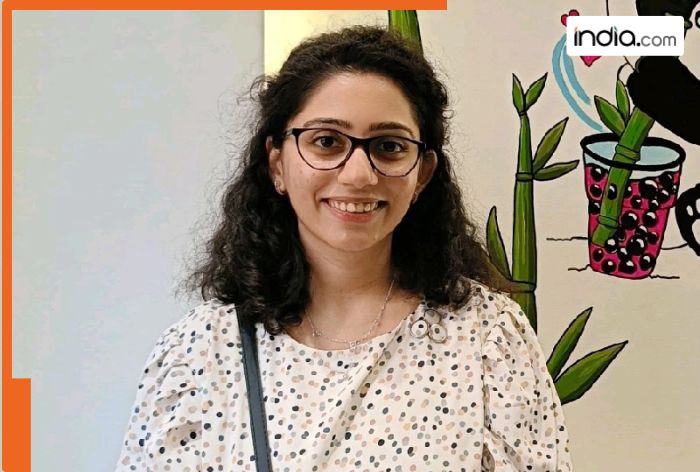Margi created the first widely available Personal Computer Memory Card International Association (PCMCIA) card that enabled full DVD playback on laptops. It is a standard for peripheral cards used in laptops.
Users could connect this hardware, plug in a DVD and enjoy movies on their laptops with a Margi card. This was a disruption in the 1990s.
“We owned pretty much the whole market globally in this,” Shrinath told TOI.
DVDs are equipped with an encryption layer on top of the MPEG2 video format to protect the intellectual property of movie studios by preventing unauthorised copying of the content on a disc.
Margi’s solution was critical to decrypt the layer, and get to the video and play it.Margi also introduced the playback software which allowed one to go forward, backward, skip segments, and watch with subtitles. Shrinath said the solution was licensed by almost all the laptop makers globally and the business was very profitable.
Shrikant realised that a similar DVD solution could be created for cars, and started talking to semiconductor company STMicro to develop one.
Soon they found interest among automotive systems makers like Bosch and Siemens VDO (later sold to Continental) in Germany, and Pioneer Carrozzeria in Japan.
Harman, the global audio brand whose biggest business was from automotive, expressed interest in acquiring Margi even as the market was being developed. Shrinath and Shrikant agreed.
Family of engineers
The two brothers were born and brought up in Madhya Pradesh. Their father was an engineer in the state’s public works’ department (PWD). He would be transferred around the state, and the whole family, including two other boys, would move along.
Shrinath said his final high school years were in Bhopal. All the four brothers did engineering in premier institutions and moved to the US at different points.
Shrikant was the eldest and moved first. Shrinath terms him the “smarter brother.” Shrikant was into engineering of semiconductors, and was the tech mastermind behind Margi.
After Harman’s acquisition of Margi, Shrinath and Shrikant joined Harman, as the CEO and CTO respectively of the company’s multimedia division.
With Harman’s resources, they could sharply increase the number of programmes they could do. The work they did helped the business grow from $800 million to over $2.5 billion in about five years, says Shrikant.
However, Harman was restructuring, closing plants, and cutting jobs in the later part of the period, prompting Shrinath and Shrikant, along with several of their team members to leave and start another venture.
SDV pioneers
Today, the term software-defined-vehicle (SDV) is being used a lot. Vehicles are becoming computers on wheels, with every part of the vehicle getting connected, both to central consoles and to the cloud.
This was not the case in 2008 when the brothers left Harman. At their former company, the brothers were already doing in-vehicle connectivity, ensuring for instance that the front and back speakers were fully synchronised for audio.
These systems were going into brands like Mercedes, Porsche, BMW and Chrysler.
“We were doing network multimedia, and our thesis was that this has to be connected to the cloud because we’re seeing a lot of things happening on the telematics (combining telecommunications and informatics) front. And that meant the whole network had to be fully aligned. So, we were doing full connectivity before it became fashionable,” Shrinath told TOI.
Their system can now connect the cloud to 60-80 electronic control units (ECUs) in a vehicle – for braking, chassis, powertrain, lights, etc. It allows vehicle makers to send any updated software for any of these units seamlessly and securely.
“Managing so many unique devices is very complex, but our system simplifies the complexity,” Shrinath said.
It’s being used in over 17 million vehicles on the road – from BMW and Ford, to Maruti and Tata. And now they’ve got into trucking, construction. “Areas like medical, aerospace, and logistics could benefit from similar principles,” said Shrikant.







